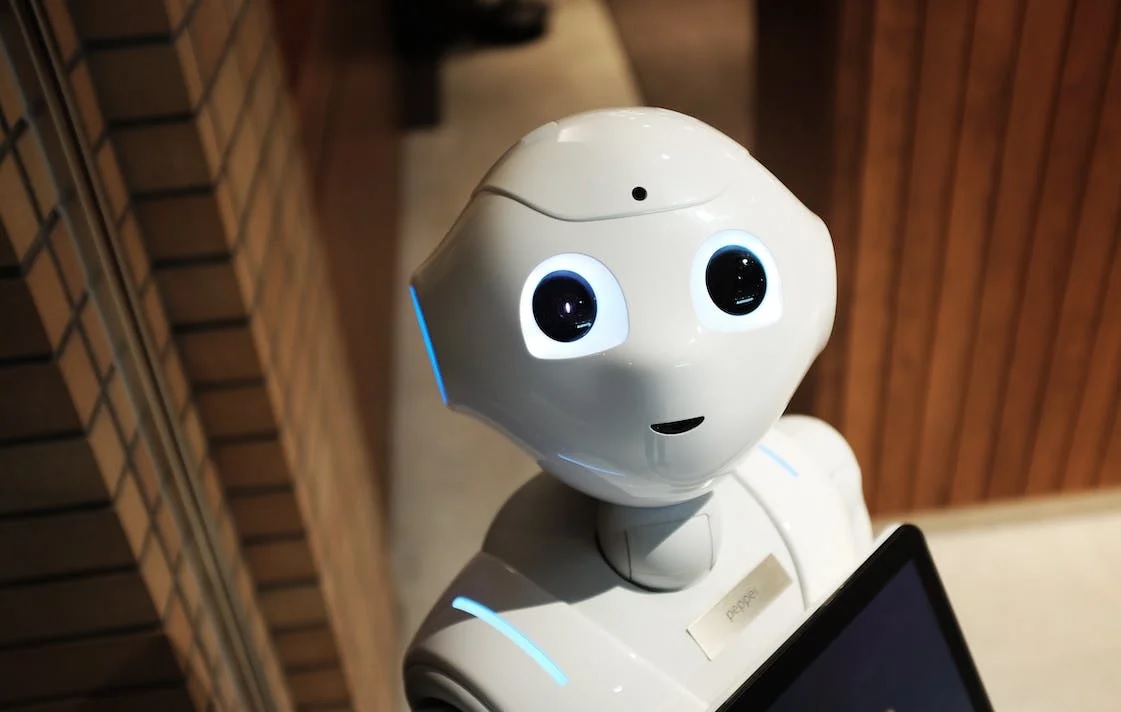Data science and artificial intelligence (AI) are two transformative fields in the realm of technology and data. While they often intersect and complement each other, they have distinct focuses, objectives, and methodologies. In this comparison, we will elucidate the differences between data science and artificial intelligence, exploring their definitions, core components, applications, and the unique contributions they make to the world of data and technology.
I. Definitions:
- Data Science:Data science is a multidisciplinary field that deals with extracting insights, knowledge, and actionable information from large datasets. It encompasses data collection, cleaning, analysis, and visualization, often leading to data-driven decision-making.
- Artificial Intelligence:Artificial intelligence, on the other hand, is a branch of computer science that aims to create systems and machines capable of performing tasks that typically require human intelligence. This includes problem-solving, reasoning, learning, perception, and decision-making.
II. Core Components:
- Data Science:
- Data Collection and Cleaning: Data scientists collect and preprocess data, ensuring its quality and relevance.
- Statistical Analysis: Data analysis involves statistical techniques to discover patterns and relationships in the data.
- Machine Learning: While not exclusive to data science, machine learning is often a component used for predictive modeling and classification.
- Data Visualization: Data scientists use tools like Tableau or Matplotlib to create visual representations of data.
- Artificial Intelligence:
- Machine Learning: AI often heavily relies on machine learning algorithms for tasks like image recognition, natural language processing, and decision-making.
- Neural Networks: Deep learning, a subset of AI, involves neural networks to simulate human brain functions for complex tasks.
- Natural Language Processing: AI-driven systems can understand and generate human language, enabling chatbots and language translation.
- Computer Vision: AI systems can interpret and process visual information, making them capable of tasks like facial recognition.
III. Applications:
- Data Science:
- Predictive Analytics: Data science is used for forecasting future trends and outcomes based on historical data.
- Business Intelligence: Data science aids in generating reports and dashboards for business insights.
- Data-Driven Decision-Making: It supports decision-making by providing valuable information and insights.
- Customer Analytics: Data science is used to understand customer behavior and preferences.
- Artificial Intelligence:
- Speech and Image Recognition: AI enables systems to recognize and interpret human speech and visual data.
- Autonomous Vehicles: AI plays a crucial role in the development of self-driving cars and drones.
- Healthcare: AI is used for diagnosing diseases, drug discovery, and treatment recommendations.
- Natural Language Processing: AI-powered chatbots and language translation are common applications.
IV. The Unique Contribution:
- Data Science:Data science focuses on turning data into actionable insights. It helps organizations make informed decisions and discover patterns in data that might not be immediately apparent.
- Artificial Intelligence:AI is about developing systems that can learn, adapt, and perform tasks autonomously. It strives to create intelligent machines that can mimic human cognitive functions.
V. The Intersection:
Data science and AI frequently intersect, especially in machine learning. Data scientists use machine learning algorithms to build predictive models and classification systems. AI applications rely on data science for data collection, cleaning, and the analysis of large datasets to train models effectively.
VI. Conclusion:
Data science and artificial intelligence are distinct yet interconnected fields, both of which play essential roles in our data-driven world. Data science focuses on extracting insights from data, aiding in informed decision-making, while artificial intelligence seeks to create intelligent systems capable of autonomous learning and problem-solving. The synergy between these fields drives innovation, enabling organizations to leverage data for a wide range of applications, from predictive analytics to autonomous vehicles and healthcare advancements. Understanding the differences and intersections between data science and artificial intelligence is crucial for harnessing their full potential in the technological landscape.

